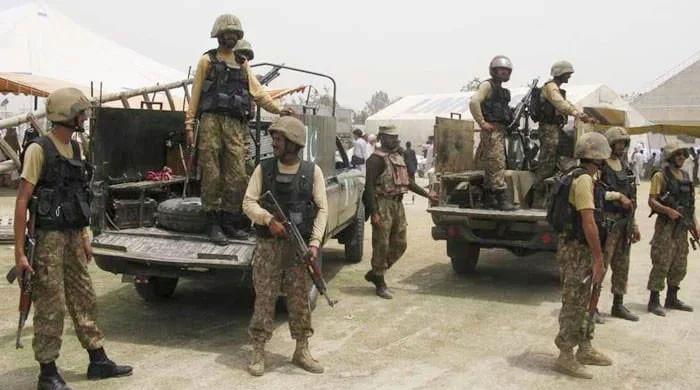Promising Trends Emerge in Pakistan’s Security Landscape Amidst Ongoing Challenges
- Violence Decreases by 13% in the First Quarter of 2025
- Khyber-Pakhtunkhwa and Balochistan Remain Centers of Conflict
- Projections Indicate Potential for Over 3,600 Fatalities by Year-End
The security situation in Pakistan showed some encouraging signs in the first quarter of 2025, marking the first time in 12 years that the number of militant and insurgent fatalities exceeded the combined casualties of civilians and security forces.
According to key findings released by the Centre for Research and Security Studies (CRSS) on Saturday, there was a significant decrease in fatal casualties among civilians and security personnel compared to the fourth quarter of 2024. The News reported that overall violence also dropped by nearly 13%.
Despite this progress, Khyber-Pakhtunkhwa and Balochistan continue to be the regions most affected by violence, accounting for 98% of all fatalities. Attacks are becoming more audacious, and militant tactics are evolving, as demonstrated by the unprecedented hijacking of the Jaffar Express. Projections suggest that if current trends continue, fatalities could exceed 3,600 by the end of the year, potentially making 2025 one of Pakistan’s deadliest years.
In the first quarter of 2025, Pakistan experienced 897 violence-related fatalities and 542 injuries among civilians, security personnel, and outlaws. These casualties, totaling 1,439, resulted from 354 incidents of violence, including terror attacks and counter-terror operations. Compared to the 1,028 fatalities recorded in the fourth quarter of 2024, these figures represent an almost 13% decrease in overall violence.
The majority of fatalities and incidents of violence occurred in Khyber-Pakhtunkhwa and Balochistan, which together accounted for over 98% of all fatalities and 94% of incidents.
Specifically, while Khyber-Pakhtunkhwa experienced over 63% of all violence-related fatalities, it also saw an 18% reduction in violence compared to the fourth quarter of 2024. In contrast, Balochistan accounted for 35% of all fatalities during the same period and recorded a concerning 15% increase in violence compared to the previous quarter. The report notes that increases recorded in other provinces and regions were disregarded due to the very low number of fatalities.
Another positive development during this quarter was that the number of outlaws killed surpassed the combined fatalities of civilians and security forces (495 vs. 402).
With 495 outlaws eliminated, the 402 fatalities suffered by civilians and security personnel represent nearly 19% fewer losses compared to the outlaws. Their combined losses accounted for approximately 45% of all fatalities, while outlaws made up over 55% of the total recorded this quarter.
This marks the first time in 12 years that the number of outlaws killed has exceeded the combined fatalities of civilians and security forces.
In a similarly positive trend, civilians and security personnel experienced almost 50% and 13% fewer fatal losses, respectively, compared to the fourth quarter of 2024. Conversely, the fatalities of outlaws, including militants and insurgents, increased by over 20%.
Based on claims and newspaper reports, the number of fatalities from violence claimed by militant and insurgent groups appears to have decreased in the first quarter of 2025, from 316 in the fourth quarter of 2024 to 229, marking a 28% reduction.
During the month of Ramazan (March 2025), over 500 people were affected by violence (313 fatalities and 217 injuries), with various outlawed groups, including the TTP, TTP-Gul Bahadur Group, ISKP, BLA, and Sindhudesh Revolutionary Army (SRA), claiming responsibility for these attacks.



Comments (0)
No comments yet. Be the first to comment!
Leave a Comment